Hey! It’s great to be back on Scott’s blog. Thank you Scott for the invite, and thank you Brad Moore for setting up this extra-long guest blog post.
I’m here with an excerpt from my new (and 37th) book: Evolution Of An Image – A Behind The Scenes Look At The Creative Photographic Process.
The concept of the book: For each end-result photograph I share my goal, thought process, behind-the-scenes story, original image, outtakes, my Lightroom processing techniques and an unexpected result. I also talk about the photographic conditions. Detailed camera info and my original goal are also included.
I also demonstrate how plug-ins can help you transform a snapshot into a much more creative image, as illustrated by this giraffe photograph from the Using This Book section.
I have chapters on several different photo specialties: action, scenic, wildlife, people, landscapes and seascapes.
Here are just two of the opening pages for the more than 30 chapters.
Following is a condensed version of my Wrath of Khan chapter, which is in the Action section. Yes, there are a lot of words in this guest blog post, but there are even more words in the chapter, as well as more images. So as you can imagine, this is a reading/learning book, and not just a book of pretty pictures.
Location: Mongolia
Goal: Get at least one killer photograph that captures the action and intensity of Mongolian soldiers charging at full speed during the Naadam Festival.
Thought process: Get in the best possible position to make a photograph in which it looks as though the riders are charging toward the camera.
Behind-the-scenes story:
I was about halfway through teaching a private photo workshop in Mongolia. My student, Jack, and I were getting good shots, but neither of us was thrilled with the photographs that we were taking.
Things were about to change, big time. While downloading some files in my hotel room, I noticed a promotional card on the desk. It showed an action photograph of Mongolian warriors on horseback. The tag line: Experience the Naadam Festival – ride with Genghis Khan.
I immediately called our local guide to make arrangements to get us to what looked like an awesome opportunity for action photography. The next day we were at the festival at 8 A.M, an hour before it was scheduled to start.
When we arrived at the festival, I thought I could talk our way onto the field – the best position for realistic photographs. I used all my PR skills, but to no avail. We were told we had to buy tickets and sit in the bleachers.
I ran off to get tickets. I asked a security guard to tell me a little bit about the action on the field, specifically about the direction in which the riders would run onto and across the field. After getting the lowdown on the action, we chose seats in the front row of the bleachers that would give us the best view, the best background and the best light.
The idea here is to ask show organizers and helpers about where action will happen, and then to choose your shoot spot wisely. In festival (and sports) photography, location is very important.
Right on time, at 9 A.M., the festival began with some soldiers – the soldiers you see in the opening image for this chapter – charging across the field. Many elements came together for my favorite photograph of the festival, my favorite photograph from Mongolia – and one of my all-time favorite photographs.
My Favorite Shot – The Making Of A Good Photograph
The elements that make the opening image one of my favorite photographs are the same elements that, I think, make a photograph a good photograph. Listed below are those elements, elements you can consider when deciding on whether one of your photographs is a “keeper” or an “outtake.”
Mood – The mood, emotion or feeling is the most important element in a photograph. The dust, the background and the intense look (gesture) on the face of the lead rider created the captivating mood in the photograph. The body language (another gesture) of the lead rider, and the way he is holding his bow and arrow – while riding at top speed – also add to the impact of the image.
Good Composition/Cropping – I zoomed in as tightly as possible with my 70-200mm with 1.4x tele-converter set at 200mm (effective focal length 280mm), but the subjects were too small in the frame. Cropping out the boring areas on the top, bottom, left and right of the image helped me to create an image with more impact. Remember: cropping gives us a second chance at composition.
Good Exposure– The flat, and flattering, lighting, created by the overcast sky and dust, made getting a good exposure, with detail in the shadow and highlight areas, easy. The fast shutter speed “froze” the moment in time, and the aperture showed the two main riders in sharp focus, while the surrounding riders were in semi-focus, drawing attention to the two main riders. (Yes, this was luck, but I did have depth-in-field in mind when I was photographing.)
Separation – Notice how in the opening image all the horses and riders are separated from each other. That separation helps to cut the clutter, and makes the photograph more pleasing to view.
In this photograph, the group of soldiers in the middle of the frame is separated from the groups of soldiers on the left and right of the frames.
When composing, look for separation between subjects. Separation helps to add a sense of depth to a two-dimensional photograph.
Being There – A photograph that gives the viewer the feeling of “being there,” or “I’d like to be there,” is another quality that makes a good photograph. Here, I think I accomplished that goal by shooting at a low angle, which gives the soldiers a greater sense of power, and by filling the frame with the subjects.
Peak of Action – The horse in the middle of the frame has three of its four hoofs off the ground – almost the peak of action.
The Subject and Story – Never underestimate the importance of a good subject. These subjects were awesome, and the photograph tells a story even without words.
Image Processing Technique
Because I had a good in-camera exposure of the Mongolian soldiers, I only made the following Lightroom adjustments (after cropping my image):
- Increased the Contrast – for a stronger image;
- Opened up the Shadows – for a better view of the soldiers faces;
- Increased the Blacks – also for a stronger image.
This particular charge that morning lasted only about two minutes. I took 15 images, and the last image is my favorite.
Unexpected Shot
While we were leaving the festival, happy that we finally had some good photographs, I saw this monk on this cell phone and this woman, her identity hidden, perhaps trying to sell the monk a phone. I think it makes an interesting and entertaining image – and a good photograph.
This shot is what I call a “being there” photograph. Because I was shooting close to the subjects with a wide-angle lens, and because everything in the scene is in focus, you feel as though you are in the scene. So the tip here is this: the closer you are to the subject, the more intimate the photograph becomes.
Closing Thought
Be your own toughest critic. Consider all the elements that comprise a good photograph. Then, as I mentioned, follow your heart.
Tech Info for Opening Image
Camera: Canon 5D
Lens: Canon 70-200mm with 1.4x converter @ 280mm
Camera settings:
- AI Servo focus – to track the subjects for a sharp action shot;
- ISO 200 – fast enough for the aperture/shutter speed combination I need, 1/640th second – needed to stop the action of the charging soldiers, f/8 – needed for good depth-of-field.
————–
My Sammonisms
The book also features my favorite “Sammonisms” (my quick tips) along with my latest photographs from India and Botswana. Here’s just one.
Mood matters most. Sure, cameras and camera settings, as well as lenses and accessories, are important. When it comes down to it, however, it’s the mood of the photograph that matters most.
Color, light, brightness and of course the subject all affect the mood of a photograph. The pleasing mood of my photograph of Chinese fishing nets in Cochin, India that opens this preface is created by the warm glow of the sun and the warm colors in the sky. Shadows also create a pleasing mood and add a sense of mystery to a photograph.
Always keep mood in mind, and don’t get too caught up in the technical aspect of making pictures.
————–
Evolving as a Photographer
The book closes with a chapter on evolving as a photographer. Here’s an excerpt.
So in closing this chapter and in ending this book, I’ll leave you with a final image (taken at Trout Lake outside of Telluride, CO), a thought and two quotes.
The Thought: Always take time to reflect on your photography and image processing techniques. Ansel Adams felt at though a photograph is never really finished. It keeps evolving, through the eyes of the photographer.
The Quotes:
There are three methods to gaining wisdom. The first is reflection, which is the highest. The second is imitation, which is the easiest. The third is experience, which is the bitterest. – Confucius
We don’t learn from experience, we learn from reflecting on experience. – Thomas Dewey
————–
Thanks for reading this guest blog post! I hope you enjoy my new book.
If you have any questions, please contact me through my web site: RickSammon.com.
You can see more of Rick’s work at RickSammon.com, order his brand new book Evolution Of An Image – A Behind The Scenes Look At The Creative Photographic Process, and follow him on Facebook, Twitter, Instagram, and YouTube.




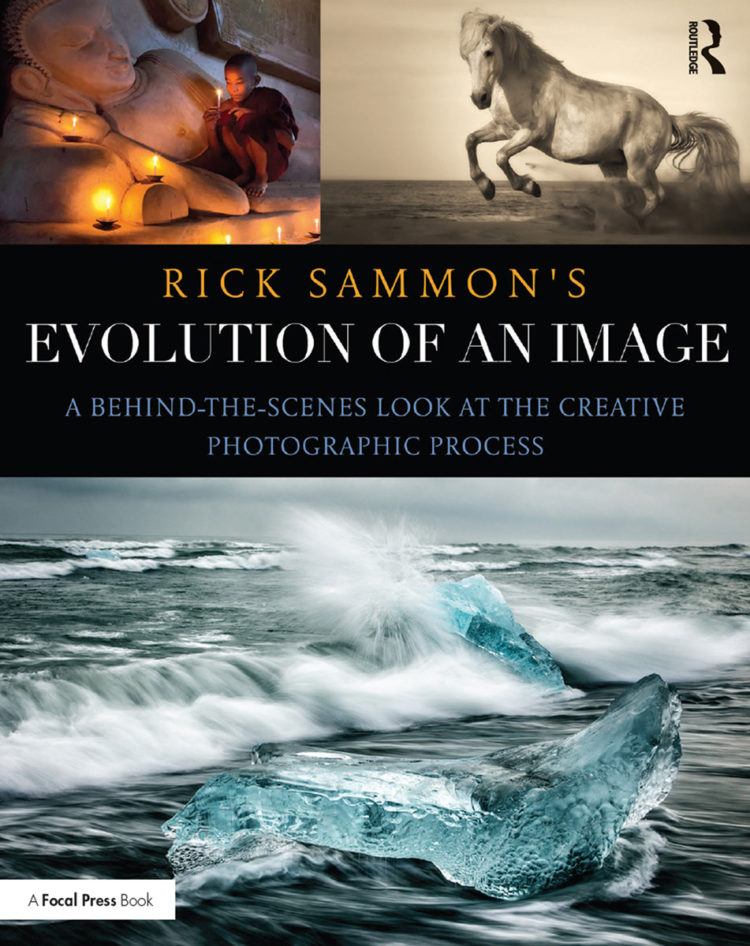
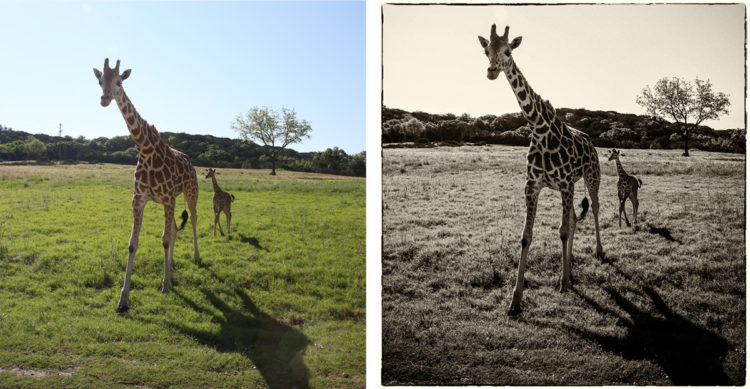
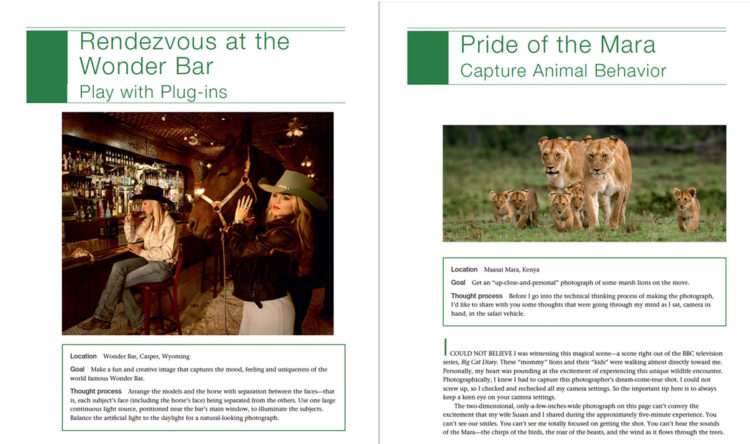
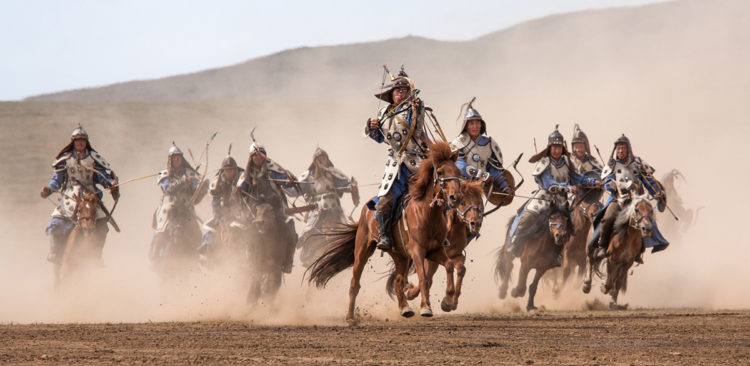
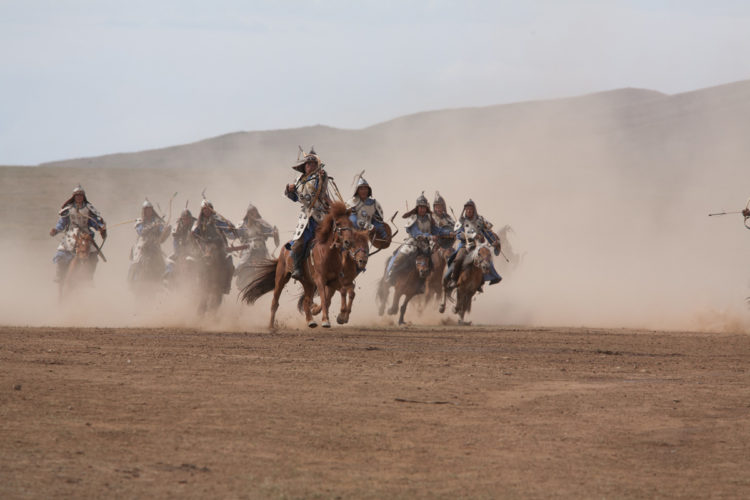
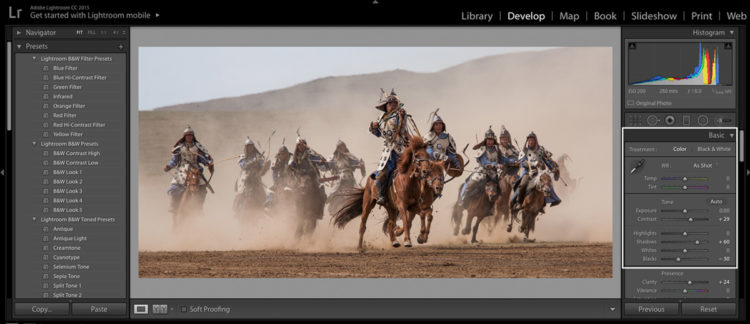
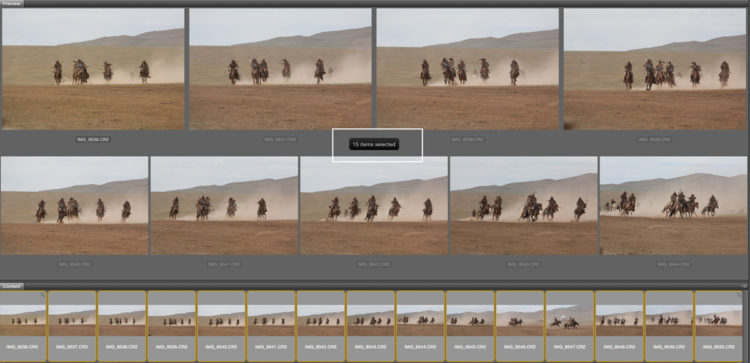
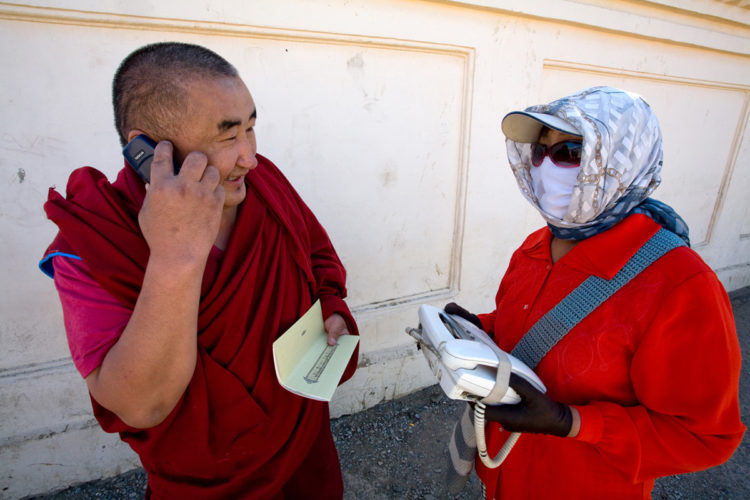
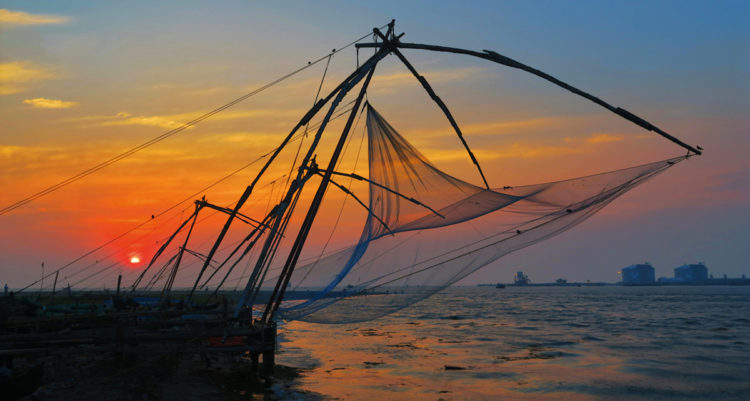
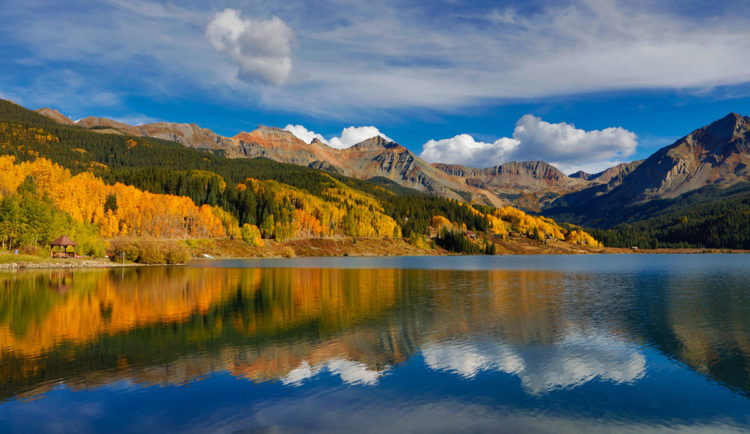
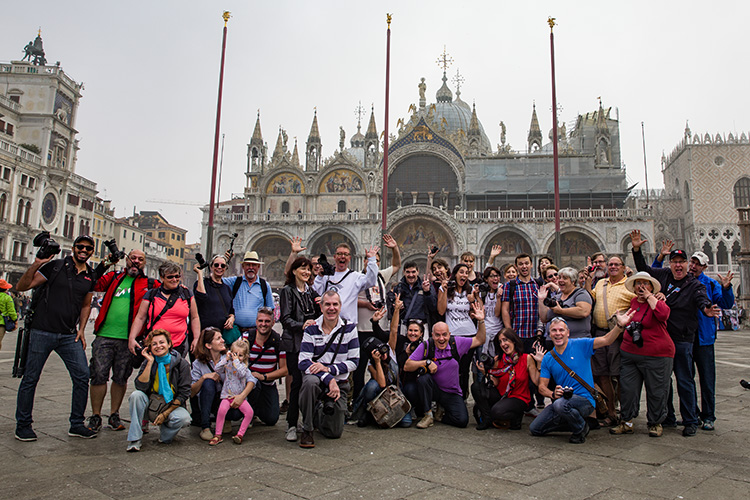

Rick rocks!!
Thank you, Ken!
Rick, you remind us of the things we should know (but don’t or have overlooked) and build upon those things with new ideas and ways to see the world. Now I need to spend some time reflecting on your post and your presentation in Huntsville a few weeks ago.